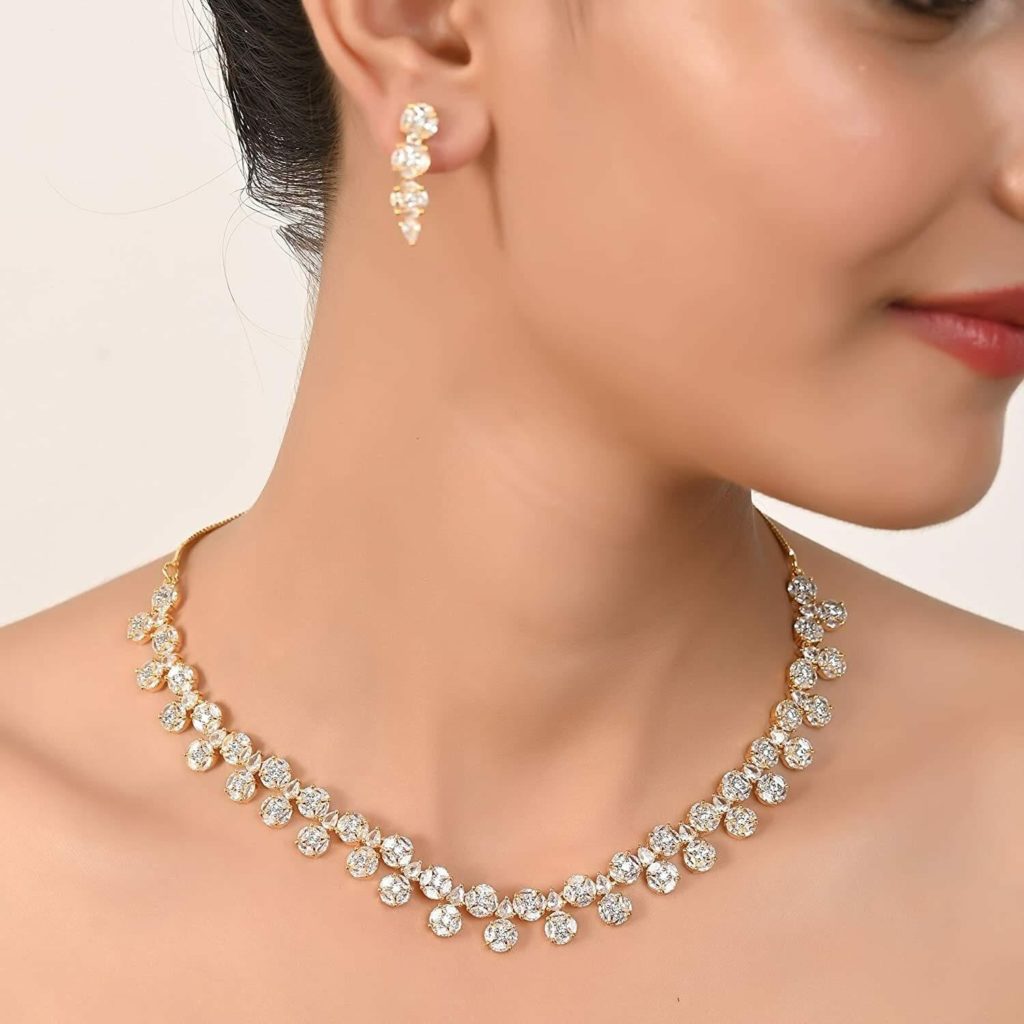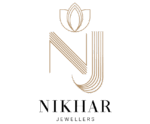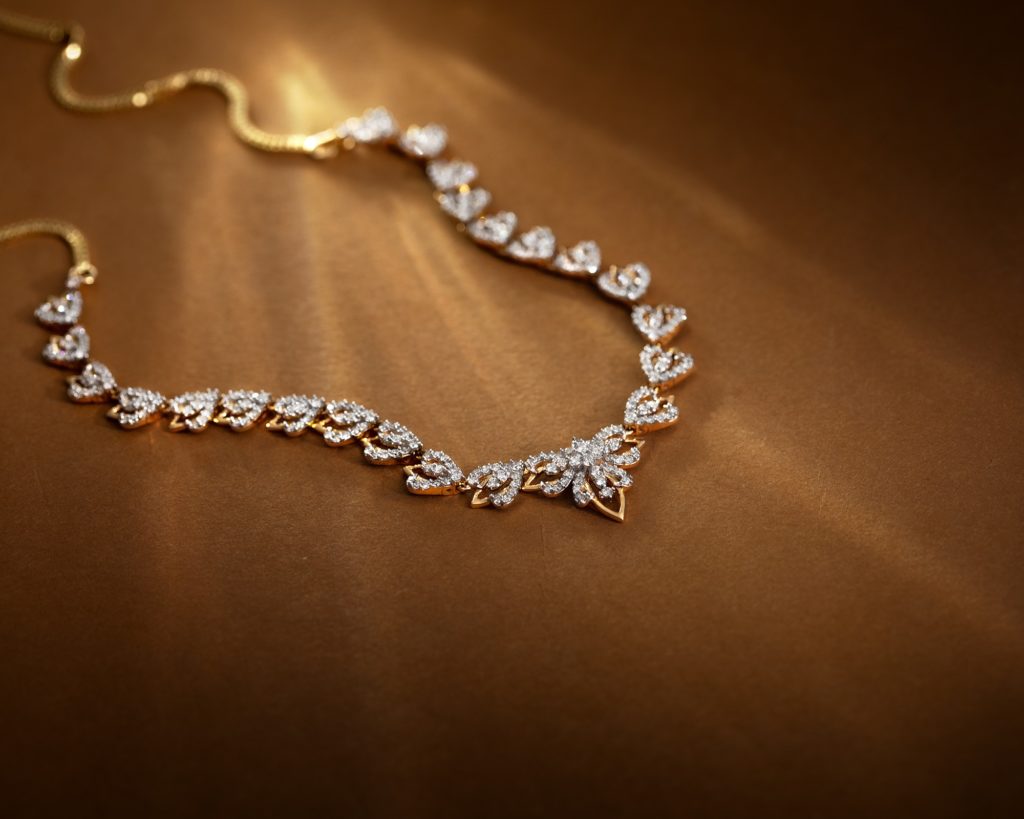Jewellery often centers around chains and ornamental pieces worn close to the heart. While the terms pendant, locket, and necklace are frequently used interchangeably, each carries distinctive design elements, functions, and styling possibilities. In this guide, we’ll demystify these jewellery categories, explore their unique features, and share tips on selecting and caring for each to enhance your personal style.
The Basics of Necklace Jewellery
Before diving into specifics, it’s important to understand how pendants, lockets, and necklaces relate. At its simplest, a necklace is any ornamental chain or cord worn around the neck. A pendant is an attached ornament or charm that dangles from a necklace. A locket is a special type of pendant with an inner compartment for keepsakes.
What Defines a Necklace
A necklace comprises two elements: the chain or cord and the fastening. Chains vary by link style—such as cable, curb, or snake—and by thickness, which affects both durability and visual impact. Cords made of leather, fabric, or rubber lend a more casual or avant-garde vibe. Clasps range from spring rings and lobster clasps to toggle closures, with each offering different levels of security and ease of use.

Characteristics of a Pendant
Pendants are purely decorative attachments that hang from a necklace. They may be simple geometric shapes—circles, bars, or discs—or more elaborate designs like animal motifs, initials, or symbolic icons. Pendants often feature gemstones, enamel work, or intricate metal filigree. Because pendants concentrate attention at a single focal point, they’re ideal for adding personality or making a statement without overwhelming an outfit.
Understanding the Locket
Lockets are lockable pendants designed to hold small objects—traditionally photographs, locks of hair, or handwritten notes. They typically open on a hinge, revealing two small compartments. Lockets blend sentimental value with wearable art, offering a private way to carry cherished mementos. While antique lockets tend to be made of gold or silver with ornate engraving, modern lockets embrace sleeker silhouettes and alternative metals.
Materials and Craftsmanship
The choice of materials and construction techniques greatly influences a piece’s look, longevity, and price point. Understanding common options can help you make informed jewellery selections.
Metals and Alloys
- Gold: Available in 14K, 18K, and 22K purities and in yellow, white, or rose hues. Higher karat golds are softer but more valuable; lower karats increase durability.
- Silver: Sterling silver (92.5% pure) offers an affordable, bright finish but requires regular polishing to prevent tarnish.
- Platinum and Palladium: Naturally white, hypoallergenic, and extremely durable, making them ideal for fine pendants and heirloom lockets.
- Stainless Steel and Brass: More budget-friendly, with modern finishes like gunmetal or antique brass, suitable for edgy pendant designs.
Gemstones and Decorative Elements
Gemstones transform simple pieces into focal points. Classic choices include diamonds, sapphires, emeralds, and rubies, adding luxury and color. Semi-precious stones—amethyst, garnet, turquoise—offer unique hues at lower cost. Gemstones can be set as solitaire cabochons, pavé clusters, or bezel-set accents. Enamel, mother-of-pearl, and resin inlays provide additional creative expression for pendants and lockets alike.
Functions and Symbolism
Jewellery is more than decoration; it carries cultural and personal significance. Understanding symbolic layers enhances appreciation and helps you choose pieces with deeper resonance.
Decorative and Fashion Statements
Pendants serve as versatile statement-makers. A bold geometric pendant in brushed metal can complement minimalist wardrobes, while a gemstone-studded charm elevates evening attire. Layering multiple pendant necklaces of varying lengths adds texture and depth, allowing individual pieces to shine within a cohesive look.
Sentimental Value of Lockets
Lockets embody intimacy. By housing a loved one’s image or a meaningful trinket, lockets become vessels of memory. They often appear at milestone occasions—birthdays, anniversaries, or memorials—and can be passed down through generations. Modern lockets may include engraving options—initials, dates, or short messages—further personalizing the piece.
Chokers, Chains, and Cultural Context
Within the broader category of necklaces, chokers (fitting snugly around the throat) and longer opera-length chains offer distinct styles. Chokers paired with small pendants create a balanced look, while lockets tend to fall at the heart center when affixed to mid-length chains. Cultural jewellery traditions—such as mangalsutra pendants in India or the Scottish locket brooch—highlight how necklaces, pendants, and lockets carry heritage significance.
Styling Tips: Matching Pieces to Outfits
Jewellery styling is both art and strategy. Considering neckline, occasion, and overall aesthetic ensures your pendant, locket, or necklace enhances rather than clashes.
Selecting by Neckline
- V-Neck and Scoop Neck: Pendants with vertical emphasis, such as teardrop or bar shapes, echo the neckline’s fall.
- Boat Neck and High Collar: Longer chains with statement pendants draw the eye downward, breaking up solid fabric areas.
- Off-Shoulder and Strapless: Chokers or short chains highlight collarbones, while small lockets at princess length (around 18 inches) add focal interest.
Occasion and Ensemble Coordination
Daytime workwear pairs well with delicate pendant necklaces in subtle metals—rose gold bars or pearl-accented charms. Evening events allow for bolder, heavier pendants or ornate lockets with gemstone details. For casual weekends, mixing minimalist leather cord necklaces with small metal pendants offers a relaxed, personalized vibe.
Layering and Mixing Styles
Layering combines multiple necklaces at graduated lengths. A fine chain choker, a mid-length pendant, and a long statement necklace create dimension. Mixing metals—silver, gold, rose gold—follows current trends, but maintaining consistent chain widths or thematic elements prevents visual clutter.
Caring for Your Necklaces, Pendants, and Lockets
Proper maintenance preserves shine and extends the life of your pieces.
Cleaning and Storage
Store each piece separately—in soft pouches or individual compartments—to avoid tangling and scratching. Clean metals with a gentle jewellery cloth; for gemstones, use a soft brush and mild soapy water, ensuring thorough drying. Lockets require extra care: clean hinges and interior gently to prevent tarnish or debris accumulation.
Inspection and Repairs
Regularly inspect clasps, chain links, and locket hinges. A loose clasp can lead to loss; a weakened hinge can cause irreversible damage to sentimental lockets. Professional jewellers can re-solder, re-stone, or re-plating surfaces to restore original luster.
Read Also : Traditional Indian Jewellery: A Timeless Expression of Culture, Art, and Elegance
Conclusion
Understanding the unique features of pendants, lockets, and necklaces empowers you to select jewellery that aligns with your style, sentiment, and lifestyle. Pendants shine as versatile statement pieces, lockets carry cherished memories, and necklaces provide the canvas for these adornments. By choosing appropriate materials, matching designs to occasions, and practicing diligent care, you can build a jewellery collection that captures both aesthetics and personal narratives—one beautiful piece at a time.Tools

